Wolfgang Amadeus Mozart was born in Salzburg as the seventh child. His name according to the baptismal certificate was Johannes Chrysostomus Wolfgang Gottlieb Mozart. The name Gottlieb was later changed to Amadeus. He had only one sister "Nannerl", because all other children of the couple Leopold Mozart and Anna Maria (Pertl) died early.
Wolfgang Amadeus Mozart (1756 to 1791)
BackA true genius of classical music
Mozart lived in a time when composers composed their works for very specific occasions. There was no copyright for the sheet music and intellectual property protection was unknown. Born in Salzburg, he showed a phenomenal talent for music at a very early age. He and his sister "Nannerl" were so-called child prodigies.
His father Leopold was a renowned violinist and provided his son with a thorough musical education before taking him on concert tours to the princely courts of Europe. Leopold hoped for his son's employment as the first musician to the Archbishop of Salzburg, but at 25 Wolfgang could no longer bear the intellectual confines of his employer and hometown and moved to Vienna.
By this time he had already produced several hundred compositions, including various masterpieces. In his prime, he created some of the most brilliant, lucid and complex music of all time with the operas Le nozze di Figaro, Don Giovanni, Così fan tutte and Die Zauberflöte. In the timeline of humanity, hardly any classical musician is more significant.
He was one of the most brilliant piano players and a remarkable violinist. As a result, he wrote many extraordinary instrumental compositions: Symphonies, Piano Concertos Quartets and Quintets) and many others.
His early death at the age of only 35 is considered by many to be the greatest tragedy in the history of music.
Talented "child wonders" (1760)
The talents not only of Wolfgang but also of Nannerl were recognized very early and both received music lessons at a young age. The two children had a harmonious childhood but their everyday life was of course also marked by much teaching and practicing.
Concert tours in Europe and first major successes (1763)
Concert tours in Germany, France, England, Netherlands and Switzerland
Departure of the Mozart family with their "prodigies" to Germany and France. A year later the trip led to England. Mozart wrote his first symphony (No. 1) at the age of 8. He met Johann Christian Bach, the youngest son of Thomas Cantor Johan Sebastian Bach, who had died 14 years earlier. The latter was deeply impressed by Amadeus and he encouraged him considerably. Mozart was introduced to the Italian symphony and opera. With his parents, they toured Europe for several years and played in large concert halls until 1766.
Illness from smallpox in Vienna (1767)
The family moved to Vienna and Wolgang fell ill with smallpox. From this time he still had some scars on his face later. In Vienna Mozart wrote the music for the Singspiel "Bastien und Bastienne" which was performed for the first time in Vienna.
Return to Salzburg and travels in Italy (1769)
As a teenager, appointment as unsalaried concertmaster of the prince-archbishop's court music. Departure with his father to Italy for the first of three great Italian journeys, which took them as far as Naples. On this trip the young Mozart was able to deepen his acquaintance with Italian music. His public appearances in Innsbruck, Verona, Mantua, Milan, Bologna, Florence and Rome were true triumphs.
Admission to the "Philharmonic Academy (1770)
In Bologna Mozart received lessons from the famous music theorist Padre Martini. He became a member of the "Philharmonic Academy" on his return journey. In Rome he received from the Pope the Order of the "Golden Spur", which was connected with the title "Cavaliere".
Increasing discontent in Salzburg (1772)
For the inauguration of the new Prince Archbishop of Salzburg, Hieronymus Count Colloredo, Mozart composed the cantata "Il sogno di Scipione" and became concertmaster of the court orchestra.
However, Mozart actually wanted to leave Salzburg, which he found confining. However, negotiations for a position in Florence and Vienna fall through. More and more tensions arose in the archbishop's service.
First love and heartbreak (1777)
Mozart traveled with his mother to visit Mozart's cousin Maria Anna, the "Bäsle," then to Mannheim, where Mozart fell in love with Aloysia Weber, the sister of his future wife. Aloysia was a promising singer and Mozart dedicated a composition to her. His father did not like the idea of marriage and protested against it by letter. However, Mozart's courtship of her failed in December 1778. Mozart, who lived in the Webers' house for a few months, continued to have close contact with the family, and so he later married their sister Constance.
In Mannheim, Mozart was taken in by Johann Christian Cannabich, the director of the famous Mannheim orchestra. This contact with high orchestral culture and with Mannheim's efforts to create a German opera proved very fruitful for Mozart. The following year, the Mozarts left Mannheim and traveled to Paris, where his mother died on July 3, 1778. In 1779 Mozart returned to Salzburg and was appointed "court and cathedral organist."
Mozart becomes independent (1781)
Mozart was commissioned to go to Vienna, where the elite of the Habsburg Empire were gathered on the occasion of the accession of the new Emperor Joseph II and Salzburg's Prince-Archbishop wanted to present his music band. However, since Mozart wanted to perform himself, it came to a break and Mozart was dismissed (with a kick from the Oberstkämmerer Count Arco).
From now on Mozart was a free artist and had to earn his living with composition commissions and concerts. He now lived in Vienna and received an imperial opera commission. He began a relationship with Constance Weber, Aloysia's sister.
Marriage to Constance and great creative power (1782)
1782 premiere of the Singspiel "Die Entführung aus dem Serail" and Wolfgang married Constance. His wife was fun-loving and somewhat superficial. It was said that although not unmusical, she did not fully recognize Mozart's genius.
1783 Mozart's Viennese activity as a free artist was very successful. During the first years in Vienna, Mozart was very active. He gave piano lessons, played in concerts and organized his own "academies".
1784 Mozart joined the Masonic lodge "Zur Wohltätigkeit", for which he composed several compositions. He often gave concerts in public halls and noble houses. He was concerned that his music should also reach the common people.
1785 Visit of father Leopold in Vienna. Mozart becomes friends with Joseph Haydn, to whom he dedicates six string quartets.
1786 First performance of the opera "The Marriage of Figaro" ("Le nozze de Figaro") in Vienna.
1787 Mozart travels to Prague, where his "Figaro" is a great success. He conducted it there himself once as a guest conductor and received an opera commission. He then returned to Vienna. His father Leopold died in Salzburg. He was appointed "Imperial Chamber Musician" as successor to the late Christoph Willibald Gluck. On August 10, 1787, the "Kleine Nachtmusik" was completed and on October 29, 1787, "Don Giovanni" was premiered in Prague.
Many revenues and even more expenses (1788)
The Viennese premiere of "Don Giovanni" was not quite as successful. In the summer, Mozart composes his last three symphonies within only ten weeks, namely the one in E-flat major, KV 543, the G minor symphony, KV 550, and the C major symphony, KV 551, called the "Jupiter Symphony".
Mozart simply could not handle money and Constance was no help to him in this regard. He was very affable and even lent others money that he had not yet earned. Later he had to write begging letters to his Masonic lodge brothers.
His opera "Cosi fan tutte", written in 1790 on an imperial commission, was not particularly successful, partly due to the death of the emperor. The work was soon removed from the repertoire.
Mozart travels to Frankfurt at his own expense for the imperial coronation. He comes into contact with the actor, singer and theater director Emanuel Schikaneder, whom he has known for years.
Last great successes "The Magic Flute" and "Requie (1791)
The theater director Schikaneder commissioned Mozart to write a "magic opera" ("The Magic Flute.") In July, Mozart received a commission to write a requiem. The commissioner was Count Franz Walsegg zu Stuppach. This work was Mozart's last (unfinished) composition. On September 30, 1791, "The Magic Flute" was premiered in Schikaneder's "Freihaus Theater" to great acclaim. With these two works he indeed became immortal and one of the most important composers in the timeline of mankind.
Death after short, severe illness (1791)
Due to the many journeys in his childhood in cold carriages, the smallpox disease and the later also not healthiest way of life, his constitution was rather fragile. Mozart fell ill and died in Vienna on December 5. Konstanze was on a cure in Baden near Vienna.
At the funeral the next day, only a few friends accompanied the body to the consecration in St. Stephen's Cathedral in Vienna. No one, however, followed the carriage that took Mozart's body to the St. Marx cemetery. He was buried in a communal grave without a headstone. His final resting place could thus no longer be precisely determined.
The memory of Mozart's burial place there is today small monument at the St. Marx cemetery.
Embedded Videos
The quick story of Wolfgang Amadeus Mozart
Wolfgang Amadeus Mozart - Pianist & Composer | Mini Bio | BIO
Mozart Documentary -The Genius of Mozart Miracle of Nature
Amadeus Mozart Documentary
Mozart Documentary - The Man Behind The Great Symphony 40 - History Channel HD
Great Composer Mozart
Amadeus: Mozart's Genius
Amadeus Best Scene
Amadeus (1984) - The abduction from the Seraglio (HD)
Mozart and Salieri write 'Requiem in D Minor' (Full HD) - Amadeus (1984)
Amadeus(1984) - The Death of Mozart
10 Mozart Pieces
Top 10 Mozart Songs
W.A. Mozart - Serenade For Winds
Mass in C minor KV. 427: Kyrie (1785)
Mix – Mozart - Flute & Harp concerto, K 299 - 2nd movement - Andantino
Wolfgang Amadeus Mozart - Mozart: Symphony No. 29 in A Major, K. 201 - I. Allegro moderato
Mozart Piano Concerto No. 10 for two pianos in E-flat major K. 365/316a III. Rondeau. Allegro
ZAGREB KOM 5 • W. A. Mozart: Sinfonia concertante, K 364 - 1. Allegro maestoso
Giuliana Gianfaldoni - Zaide: Ruhe sanft, mein holdes Leben - 20/11/2020 Regia G. Vick
Mozart: Piano Concerto No.22 in E flat major, 3rd mov - David Fray, Marin Alsop
The Magic Flute – Queen of the Night aria (Mozart; Diana Damrau, The Royal Opera)
REQUIEM MOZART - INTROITUS
Mozart: Requiem - Dies irae
Mozart: Requiem - Rex tremendae
Mozart - Requiem d-moll K. 626 - Confutatis & Lacrimosa - Wiener - Karajan
Sound Track to Amadeus 1984
Mozart Piano Concerto No. 20 in D Minor, K. 466 - 2nd movement
Mozart: Eine kleine Nachtmusik - Concertgebouw Kamerorkest - Live Concert
Ah, tutti contenti saremo cosi
Comments & Conclusions
One of the greatest if not the most important composer of classical music
Today it is almost impossible to imagine the talent and diligence that distinguished Wolfgang Amadeus Mozart. The family had subordinated all to the success of the son. Of course, this also had its price. Because of the long journeys in coaches where it was so often cold, his health was attacked already at a young age. Because of the smallpox disease he also had scars on his face which made him look not too pretty. In addition, he was slender. Nevertheless, thanks to his unconventional nature, he was well received by the people and very popular.
His works are incomparable and a great milestone in the history of humanity.
Simultaneous events, periods or persons of Wolfgang Amadeus Mozart
| Persons/Events/Periods | Subcategory | From | To | Reason of importance |
|---|

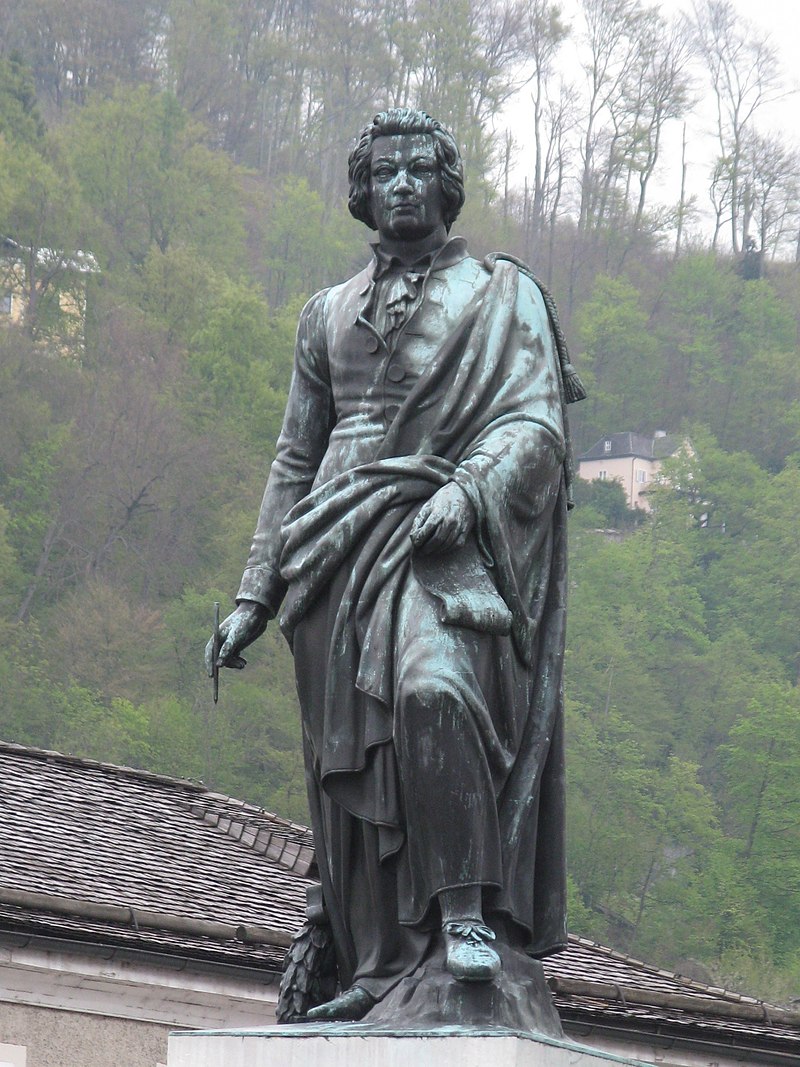

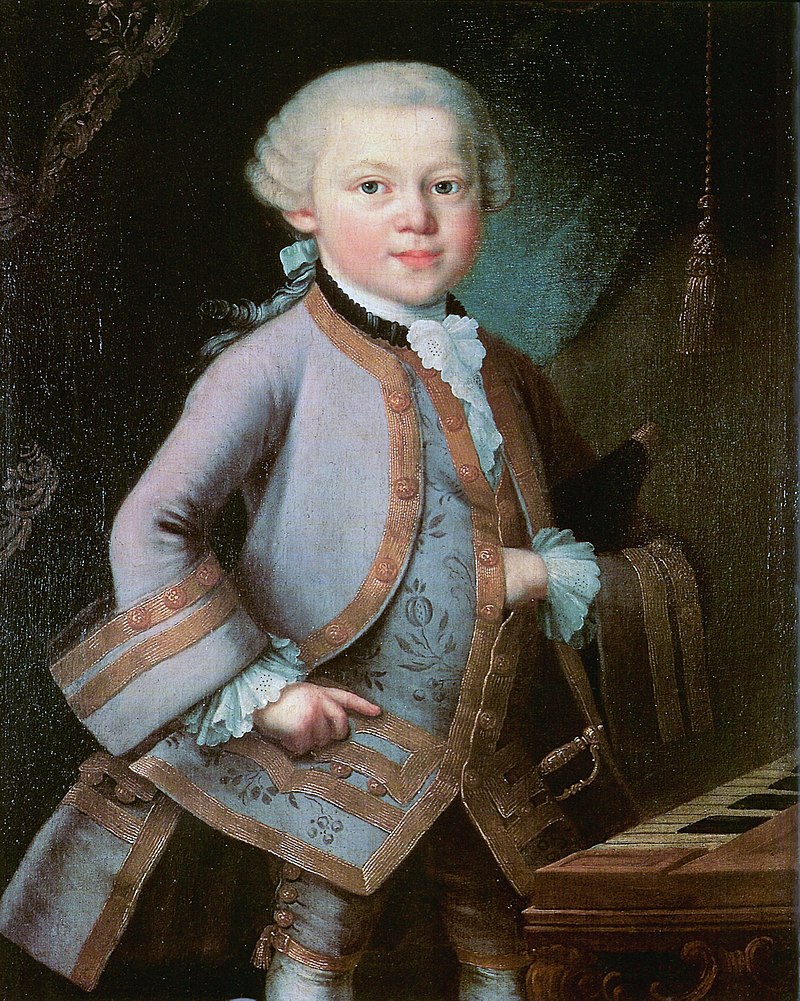
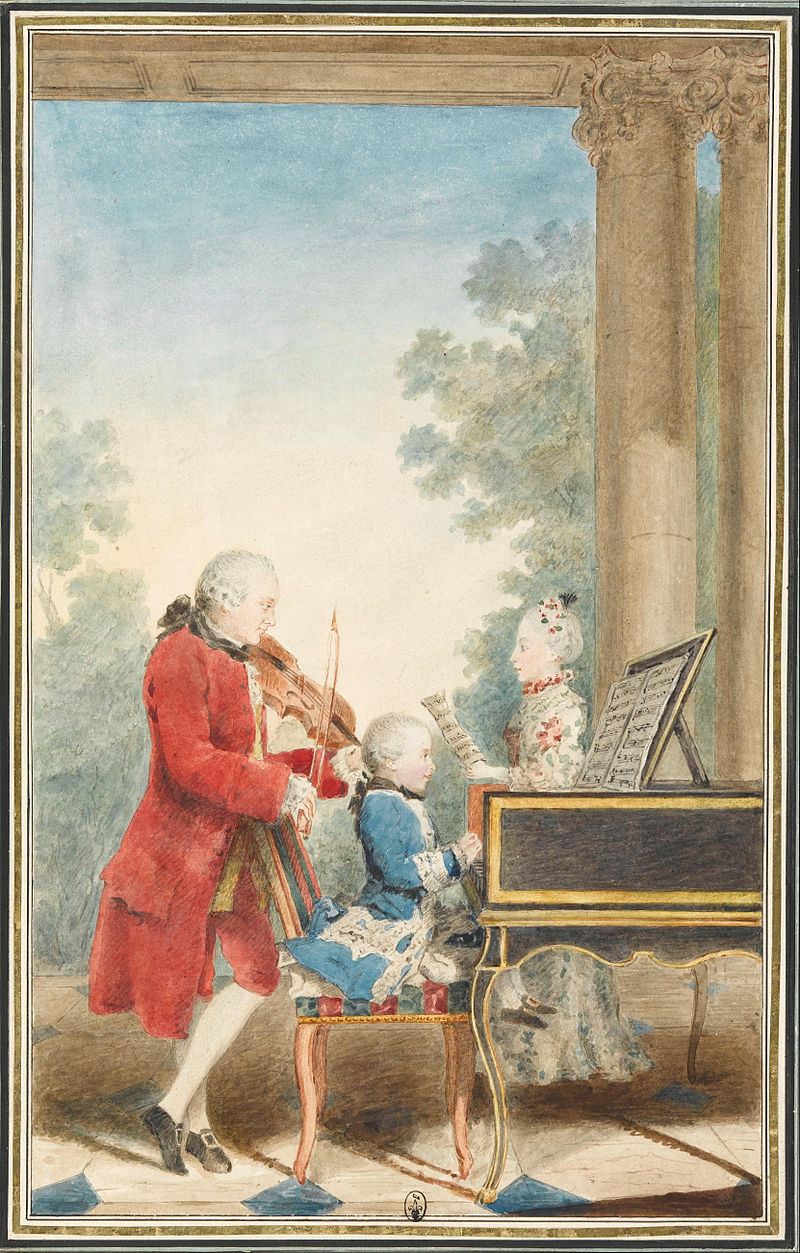
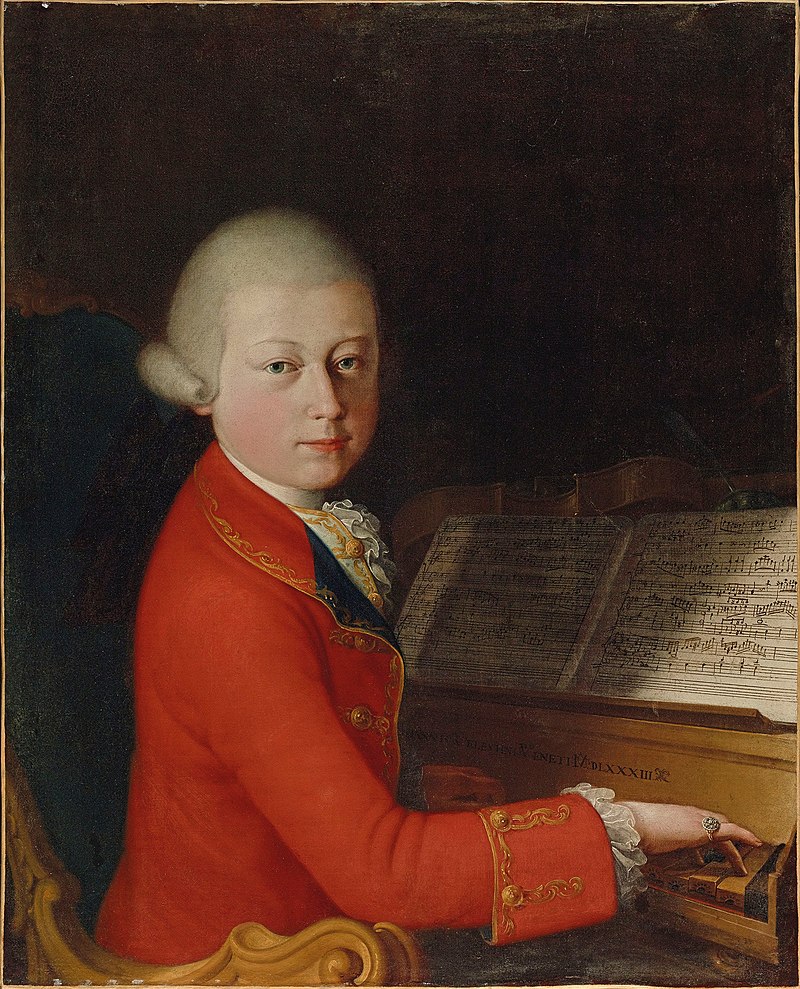
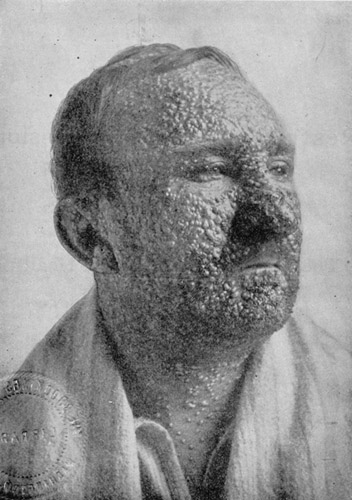
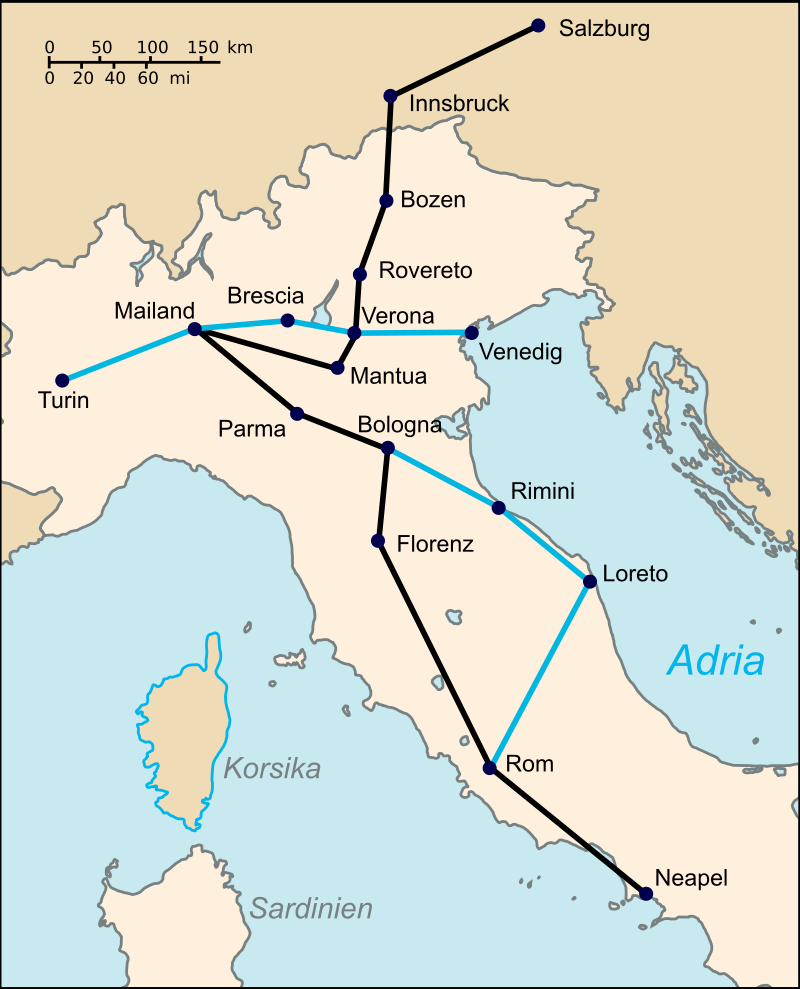
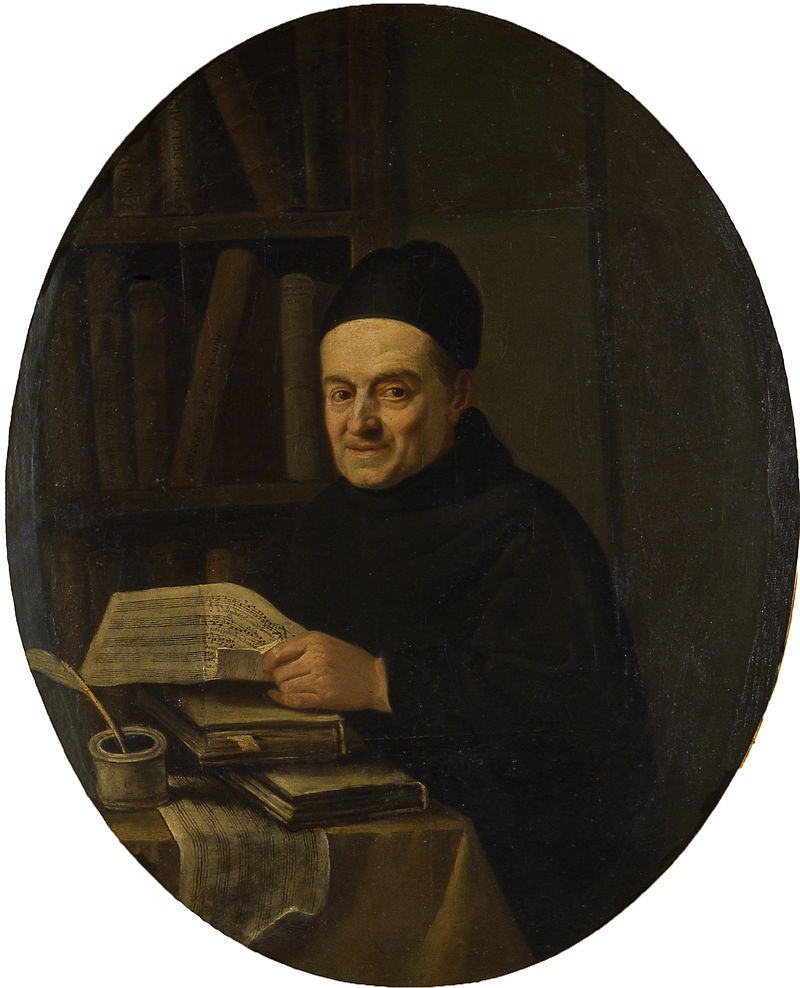
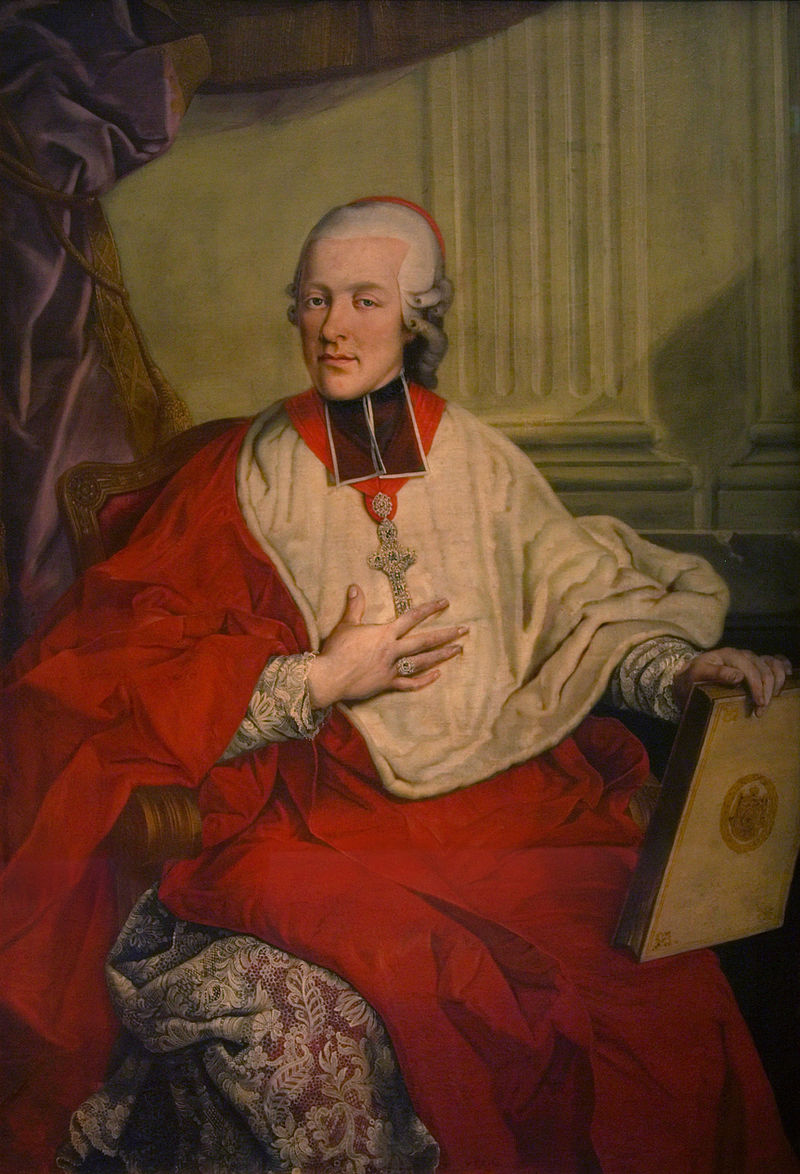
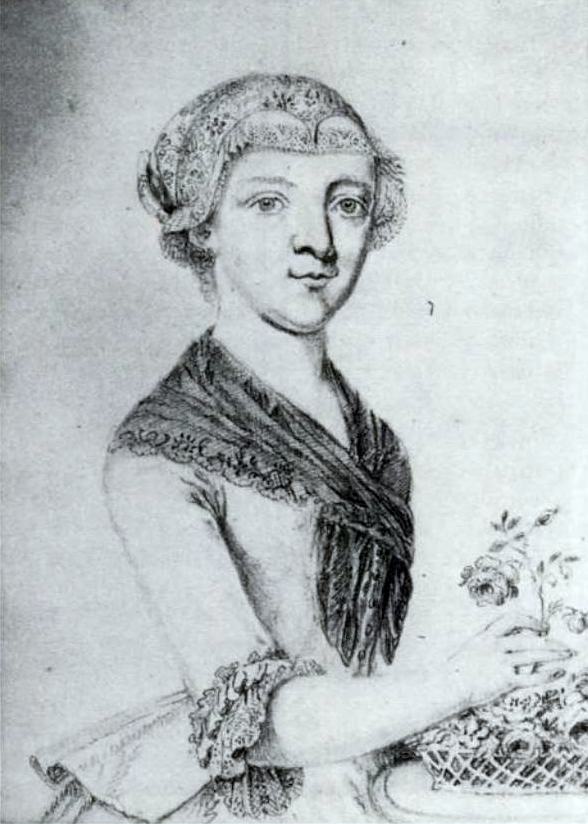
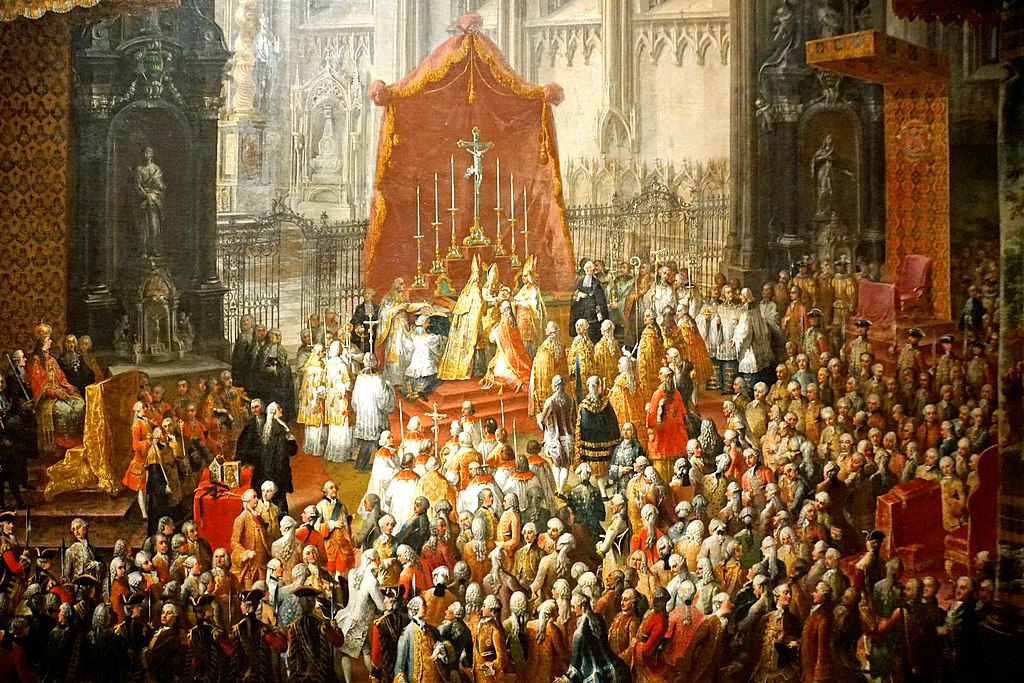
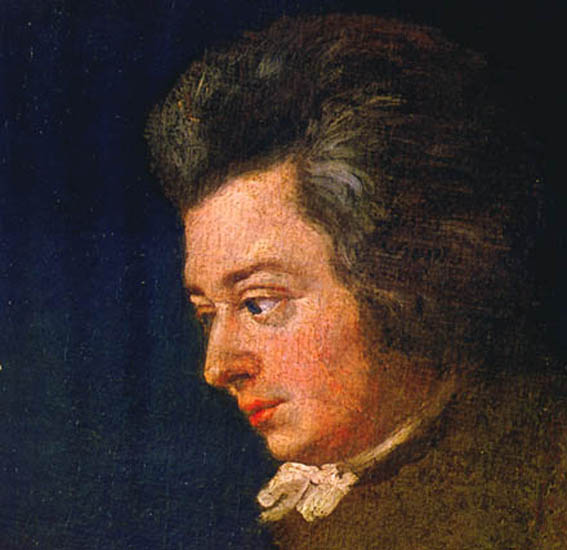
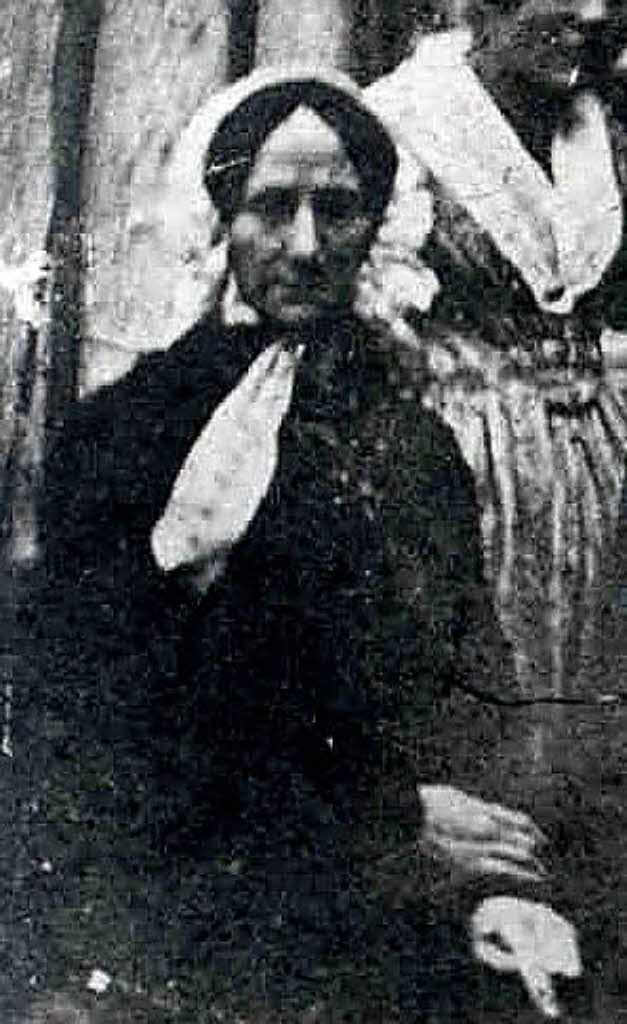
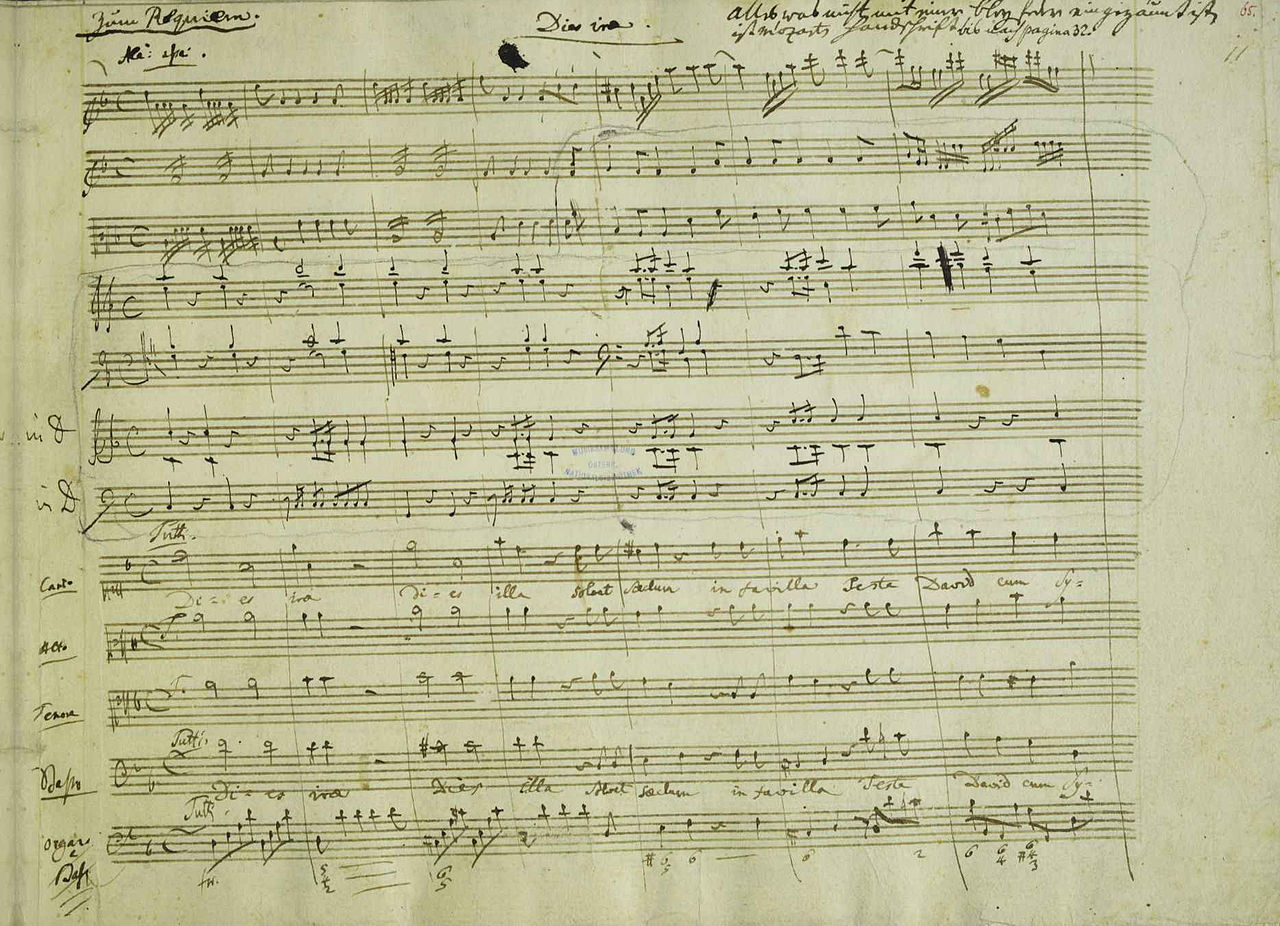
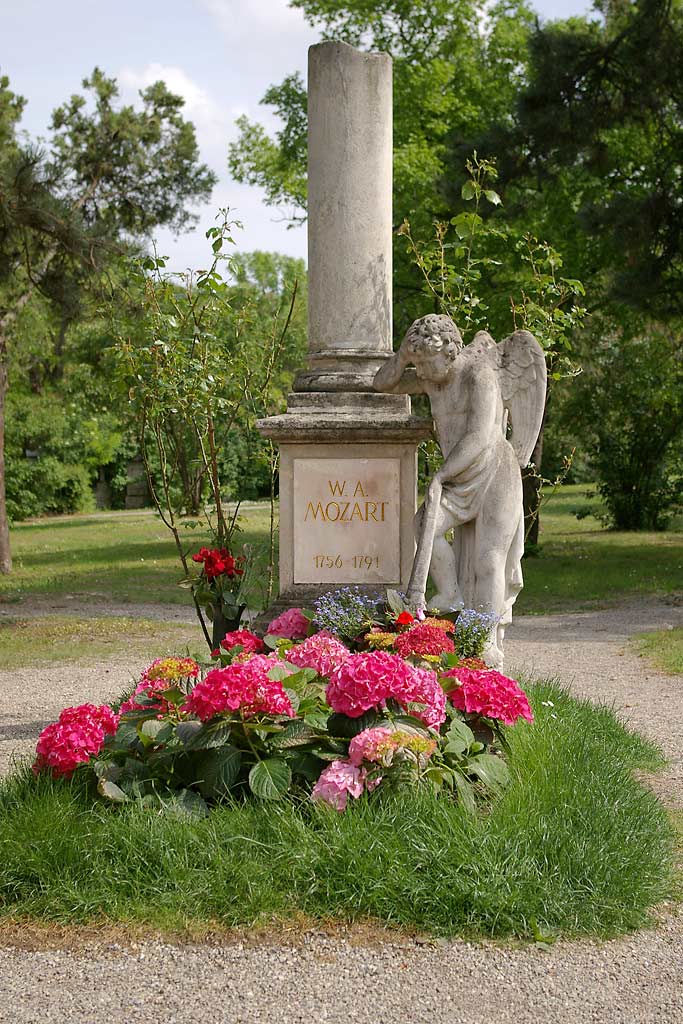

Comments
Links